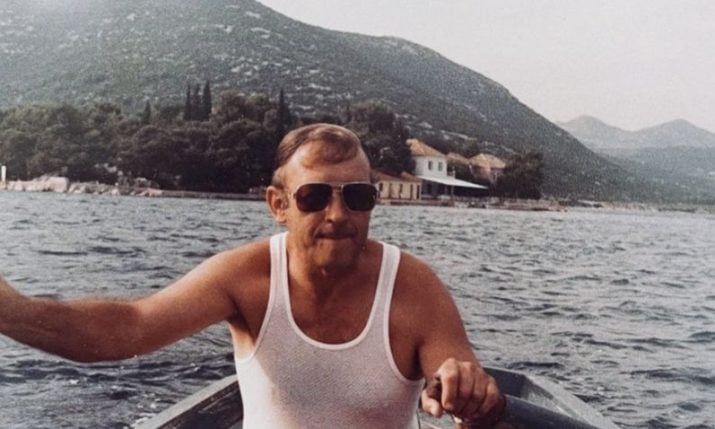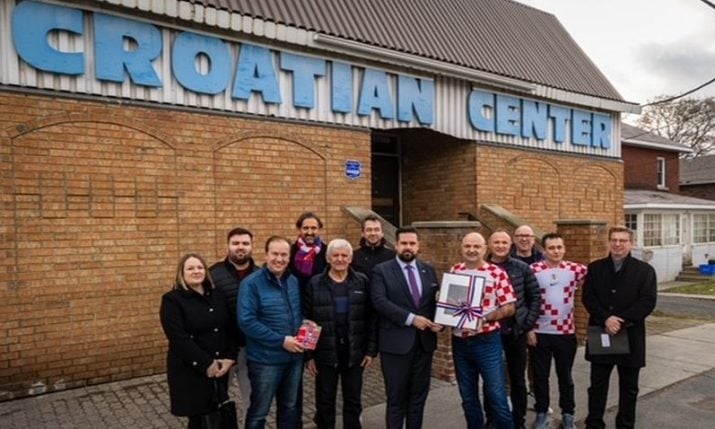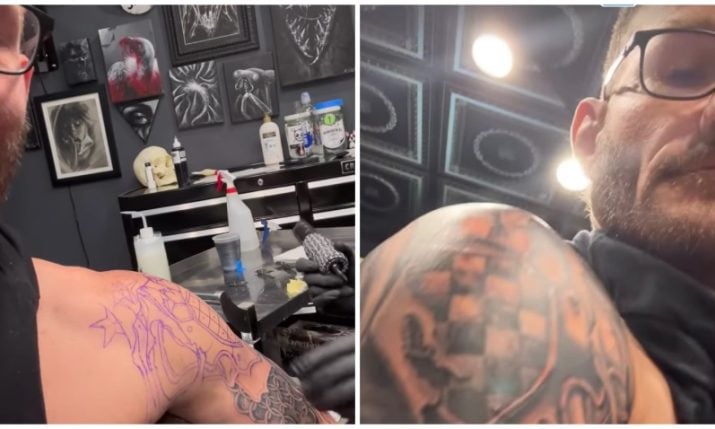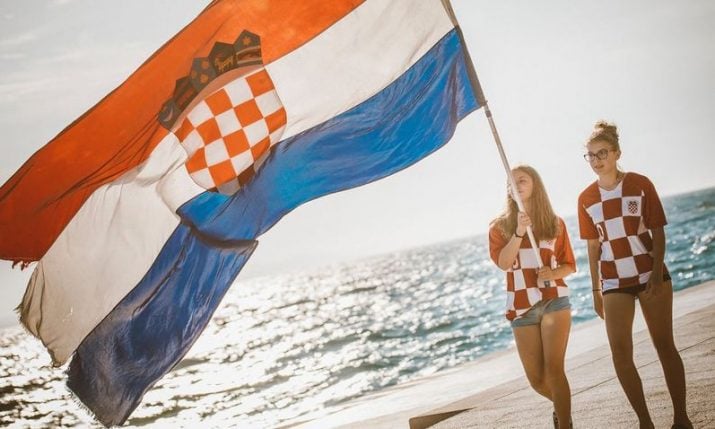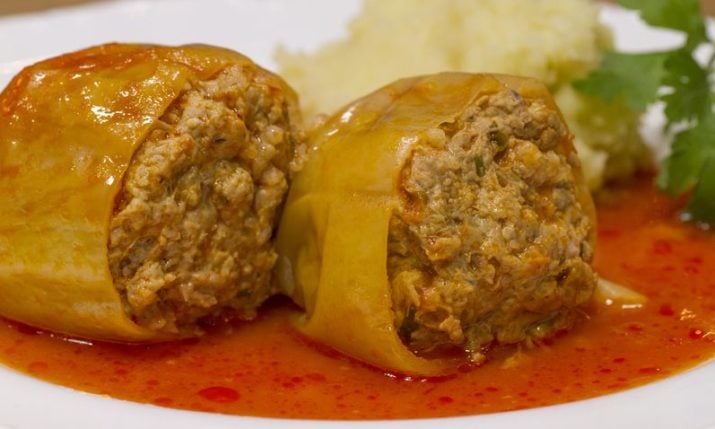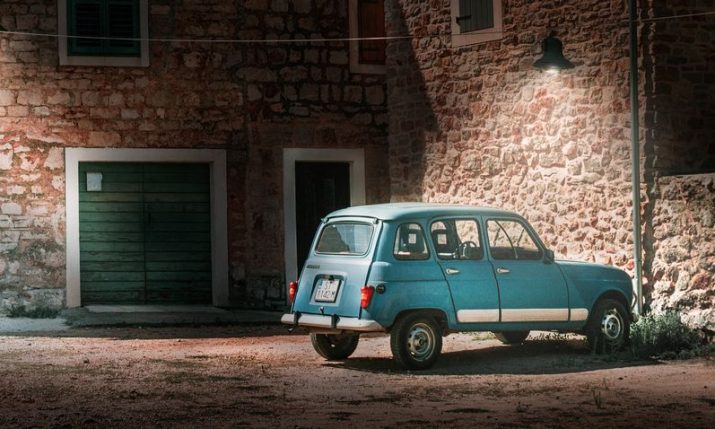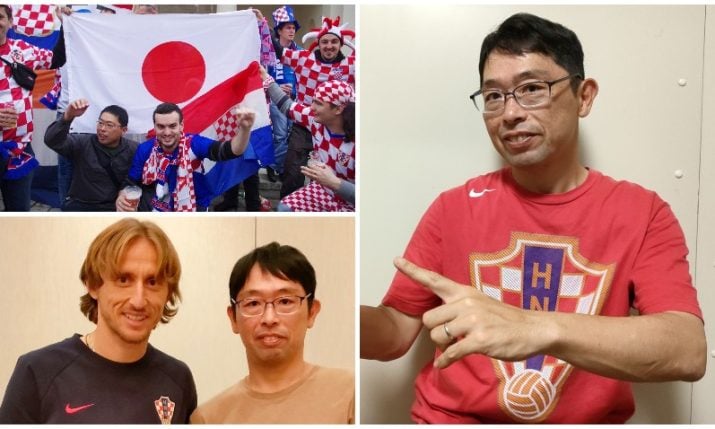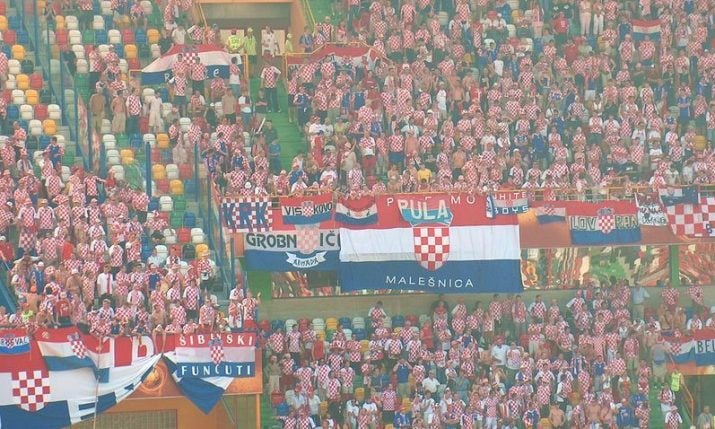Veliko Prelo- Croatian Bunjevac culture on full display in Subotica
- by croatiaweek
- in Entertainment
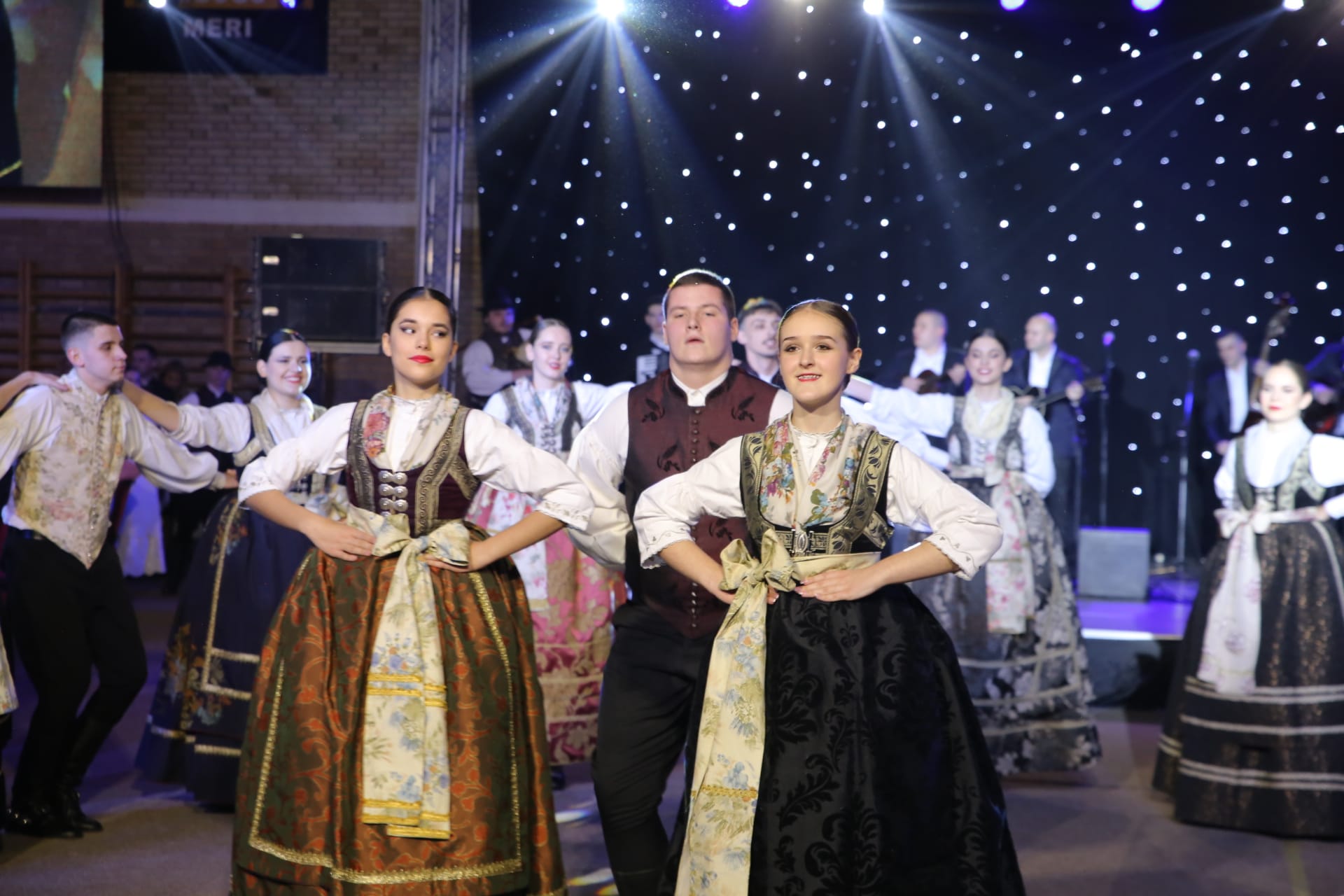
(Photo credit: NIU “Hrvatska riječ” Subotica)
By Mate Paškanović Pavković
On Saturday January 28th, Croatians in Subotica celebrated the “Veliko Prelo” festival for the 144th time. The festival unites Croatians from Vojvodina, Croatia, and the wider diaspora.
What is Veliko Prelo?
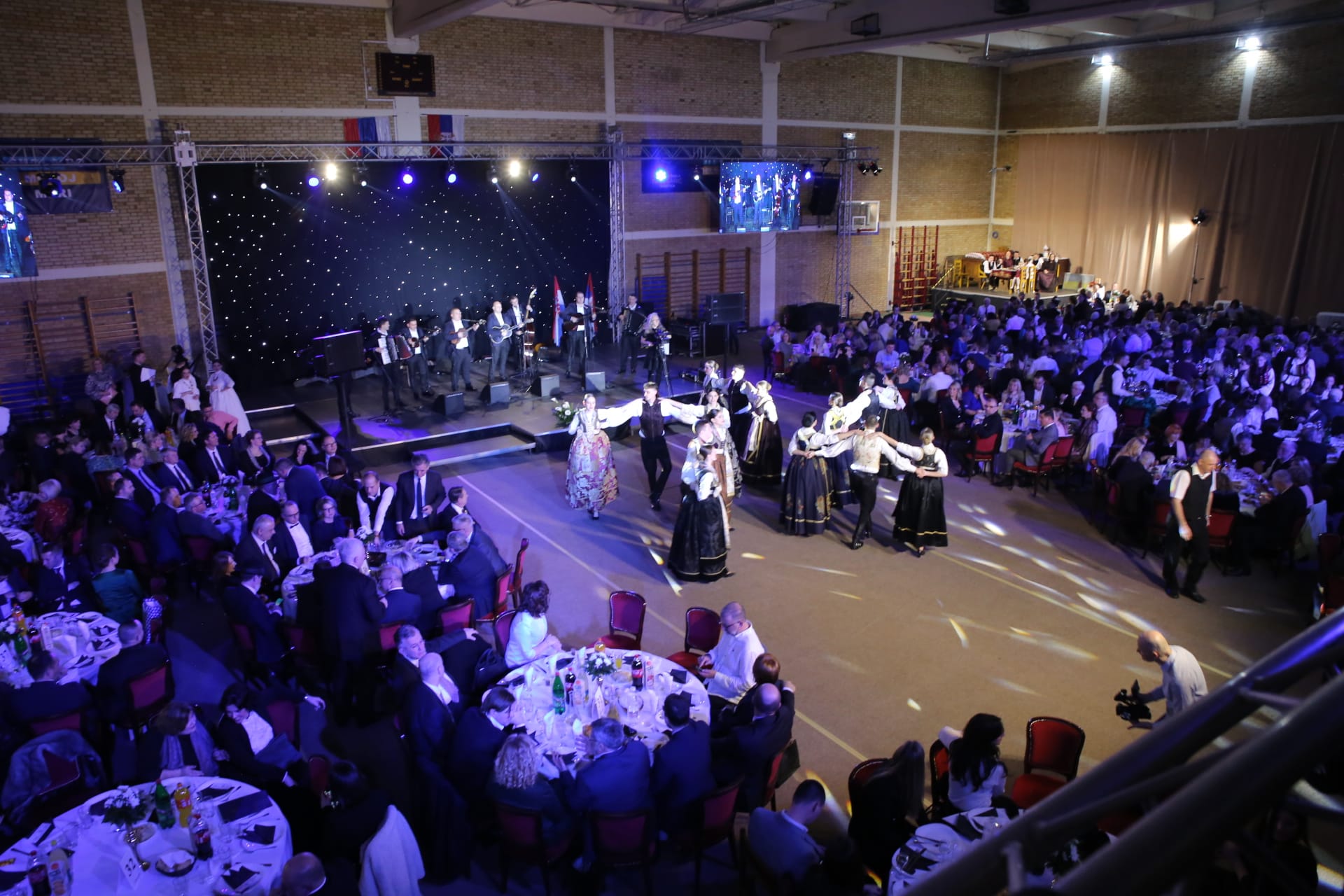
(Photo credit: NIU “Hrvatska riječ” Subotica)
Veliko Prelo, roughly translated as the big wool spinning festival, originated from the Bunjevac winter tradition of gathering after Christmas to spin wool. The event was held each Candlemas day (40 days after Christmas day) and was hosted at different “Salaši”, also known as a Bunjevac ranch. In 1879, the first inaugural Veliko Prelo was held. Despite the festival intermittently being postponed and cancelled during the First and Second World Wars as well as the fall of Yugoslavia, the resilient Bunjevci have always found a way to protect and preserve their traditional culture.
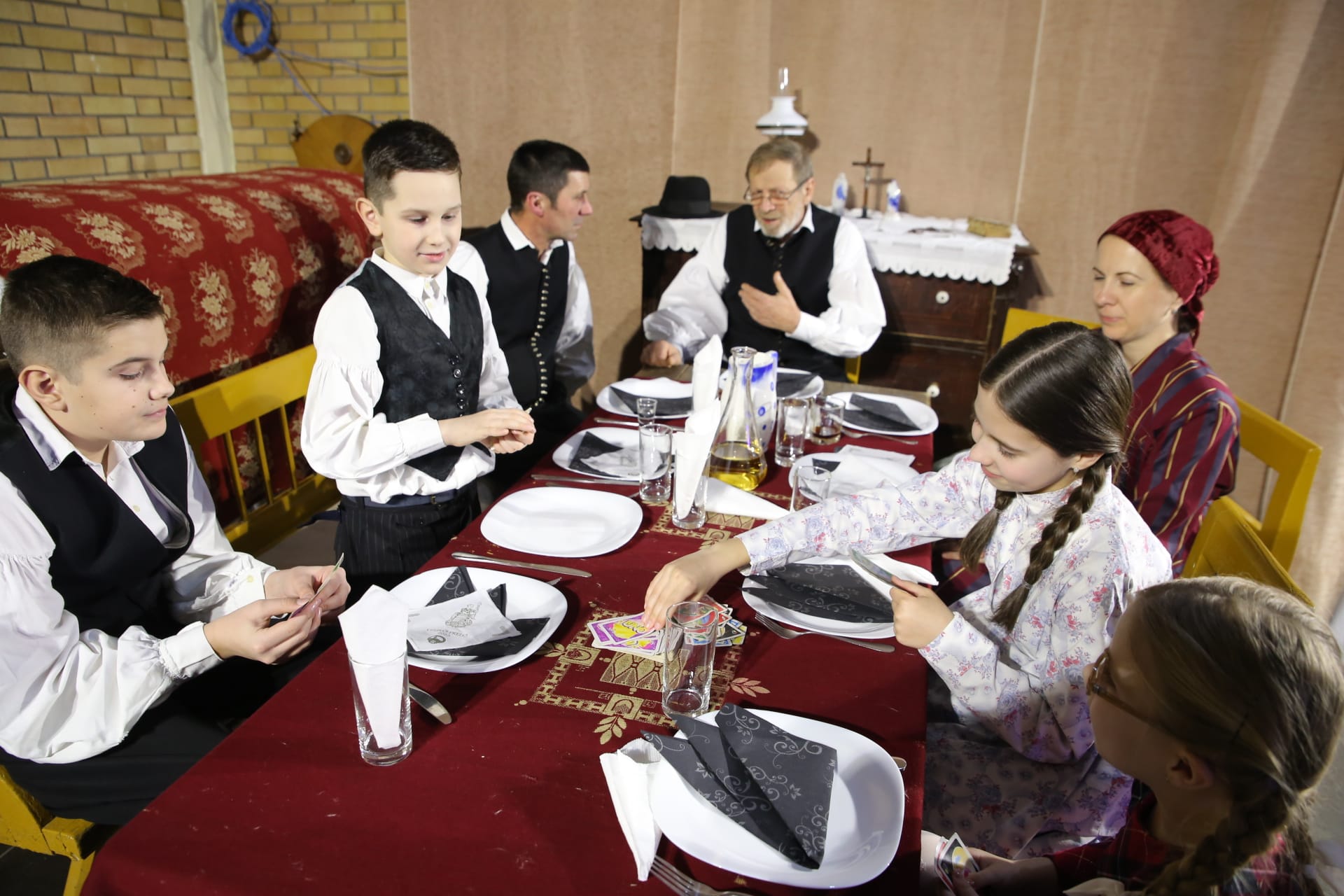
(Photo credit: NIU “Hrvatska riječ” Subotica)
This year, over 600 people were in attendance from all over the region including foreign and domestic dignitaries and sponsors from the successful Croatian community of Vojvodina. The night included beautiful displays of Croatian culture, amazing local cuisine and a very lucrative tombola (lottery). Famous Croatian tambura band “Najbolji Hrvatski Tamburaši” (AKA. Zlatni Dukati) entertained throughout the evening as well as a local tambura band.
Who are the Bunjevci?
The Bunjevci are ethnic Croats that emigrated from Dalmatia and Western Hercegovina to Northern Bačka in the 16th century due to the invasions of the Ottoman Empire. The name is derived from the river Buna, a tributary of the Neretva River. The migration of the Bunjevci is one of the greatest migrations of Croats since the establishment of the Croatian Kingdom in the 9th century.
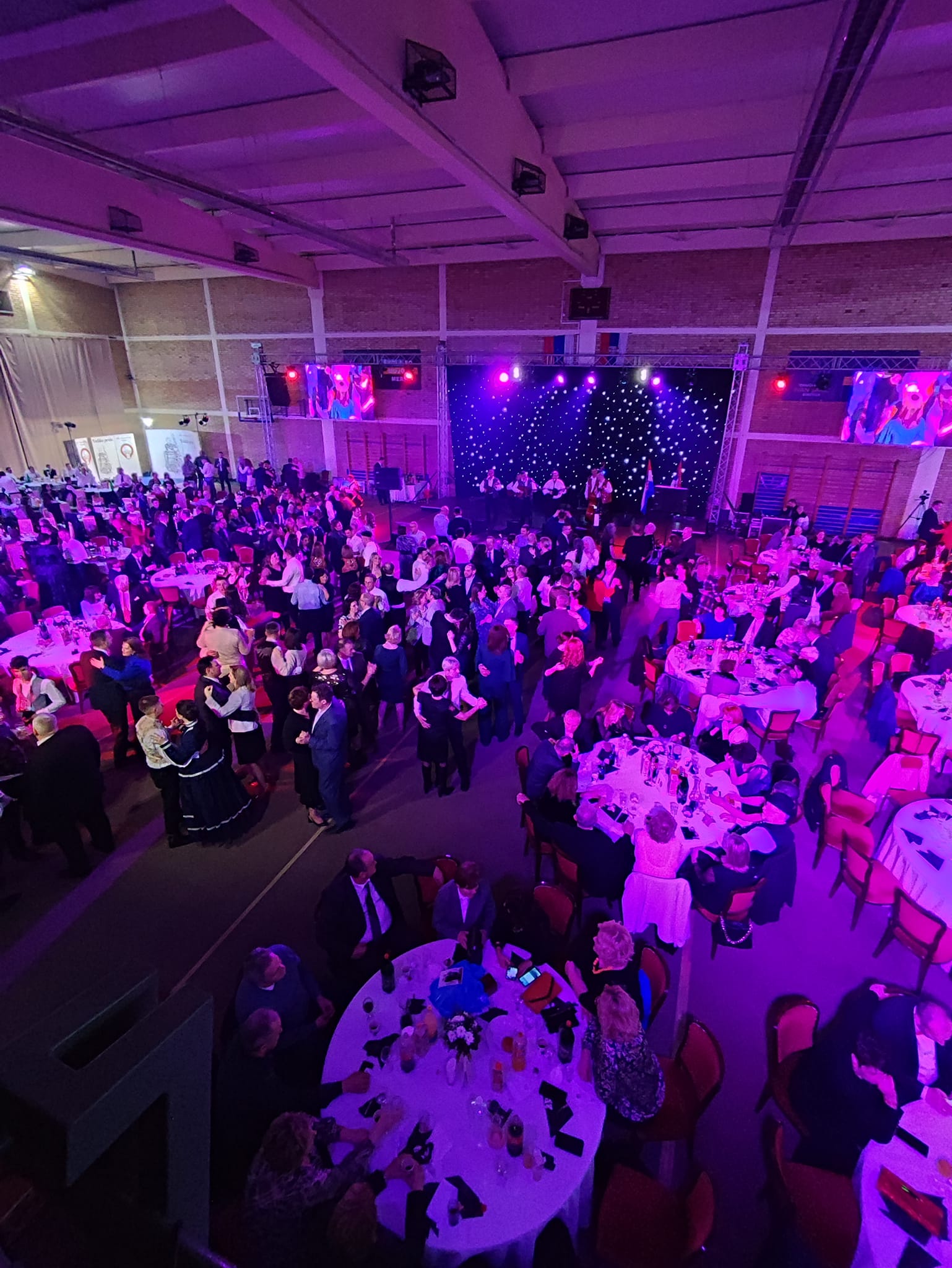
(Photo credit: NIU “Hrvatska riječ” Subotica)
Due to this migration of Croats to Vojvodina, cities like Subotica had a larger Croatian population than Zagreb at the beginning of the 20th century. Today’s demography of Subotica now reflects a mix of Croatian, Serbian and Hungarian ethnicities. The majority of Bunjevci self-identify as Croats, however there is a sizeable minority of those who continue to identify as Bunjevci.
This is reflected in Subotica where there are 4 official languages- Croatian, Hungarian, Serbian and Bunjevac. Bunjevac is mutually intelligible with Croatian and mixes the ikavica and ekavica dialects of Croatian which can be seen in the words pisma (pjesma), lipo (lijepo), snig (snijeg) and Subatica (Subotica). An example of the spoken Bunjevac language is the various songs written and sung by Zvonko Bogdan, who also identifies as a Bunjevac.
An example of the Bunjevac dialect of Croatian- Zvonko Bogdan’s song – Ej, salaši, na sjeveru Bačke
The Serbia-Croatia Relationship
The night began with a warm welcome from head organizers Denis and Jelena Lipozenčić. Croatian and Serbian government officials were acknowledged at the event, namely Minister of Foreign and European Affairs, Gordan Grlić Radman; Minister of Foreign Affairs of the Republic of Serbia, Ivica Dačić; President of the Democratic Union of Croats in Vojvodina and Serbian Minister of Minority Affairs and Human Rights, Tomislav Žigmanov; President of the Serbian National Assembly in Croatia, Milorad Pupovac; President of the Croatian National Assembly in Serbia, Jasna Vojnić; and the State Secretary for Croats abroad, Zvonko Milas.
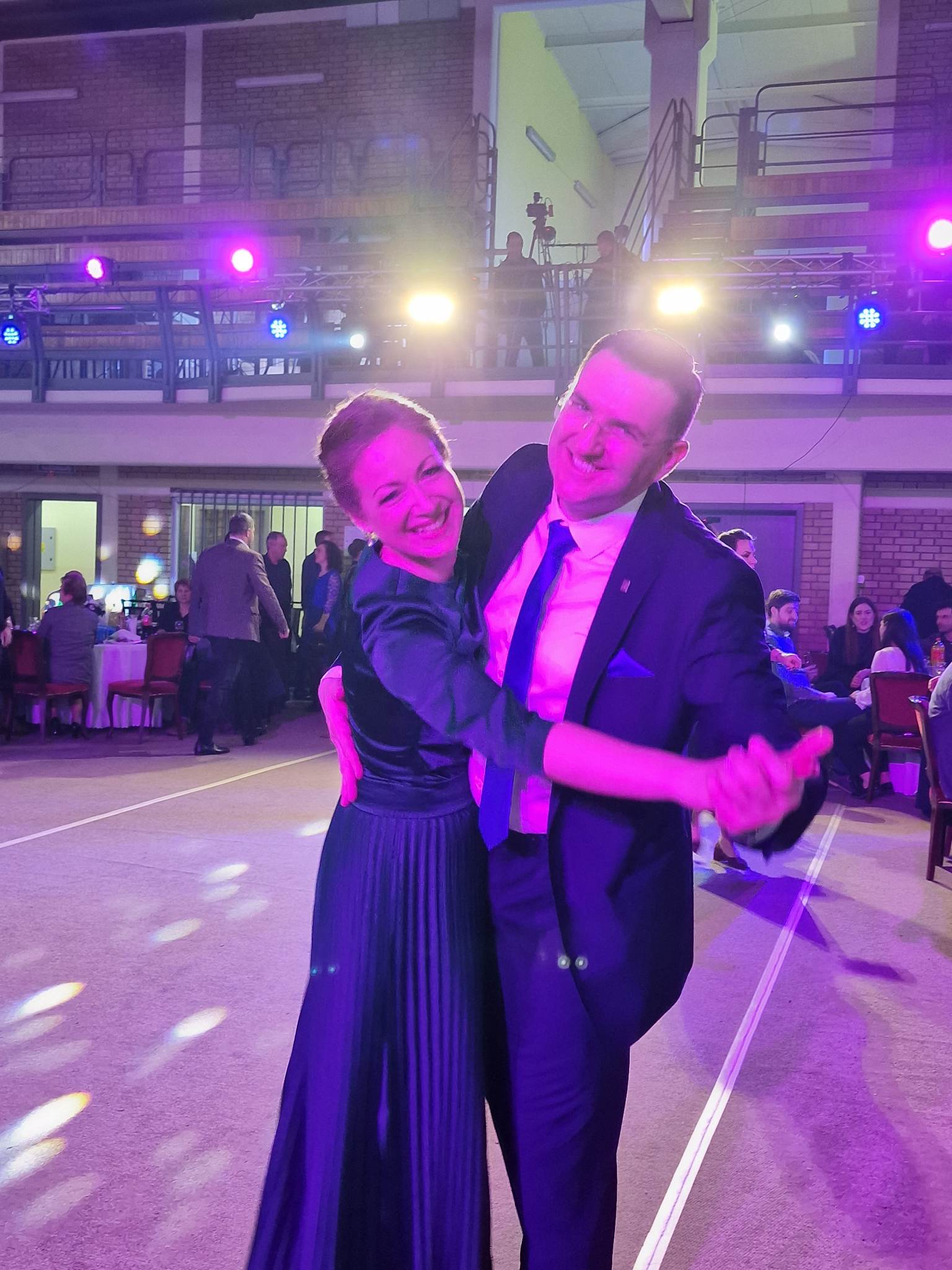
Jelena and Denis Lipozenčić, organizers of this year’s Veliko Prelo (Photo credit: Mate Paškanović Pavković)
Before the event, Croatian and Serbian politicians were discussing the unresolved issues pertaining to the Croatian War of Independence, economic cooperation and Serbia’s potential path to EU membership.
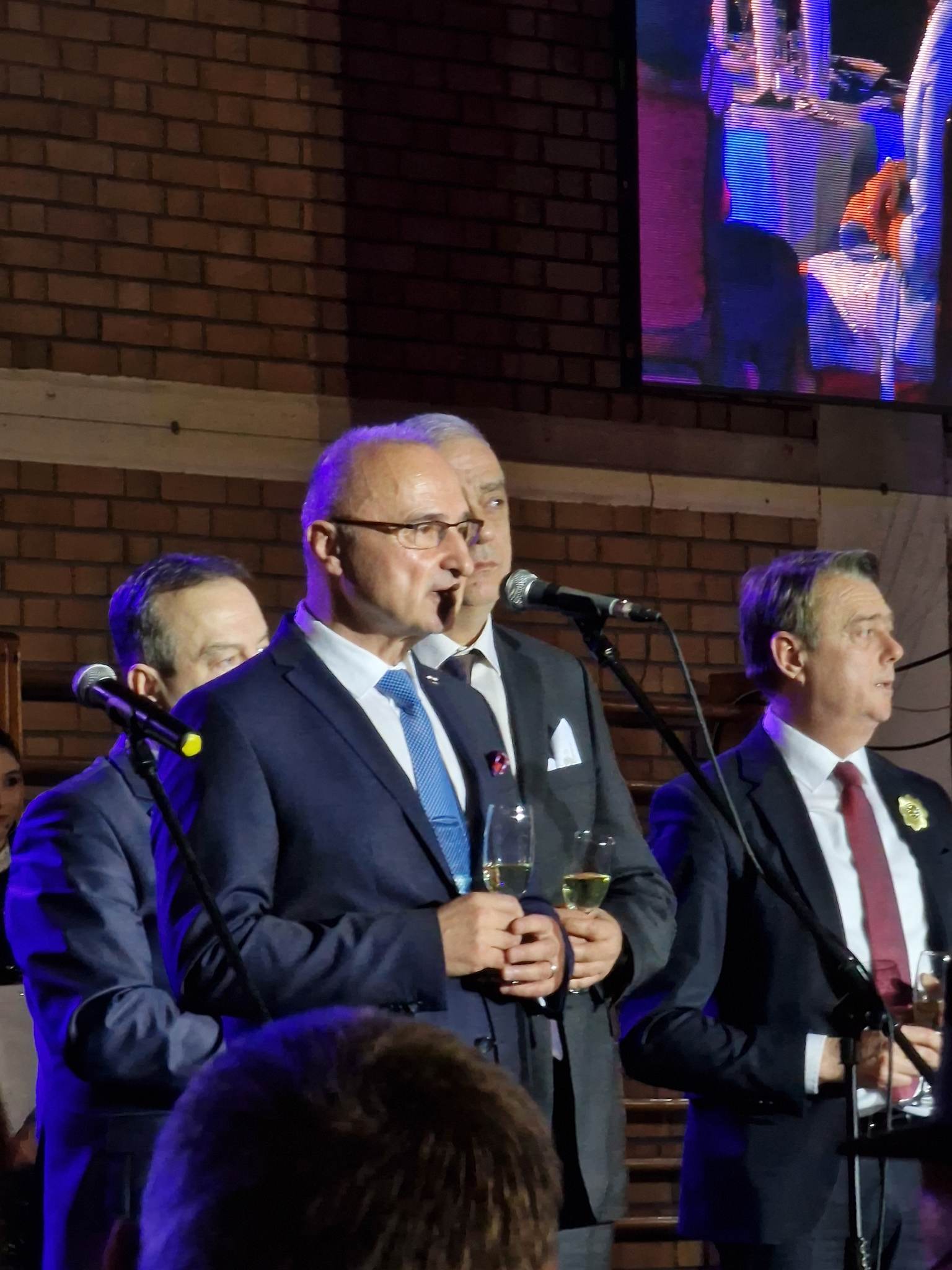
Croatian Minister of Foreign and European Affairs, Gordan Grlić Radman saying a few words before dinner (Photo credit: Mate Paškanović Pavković)
Folklore
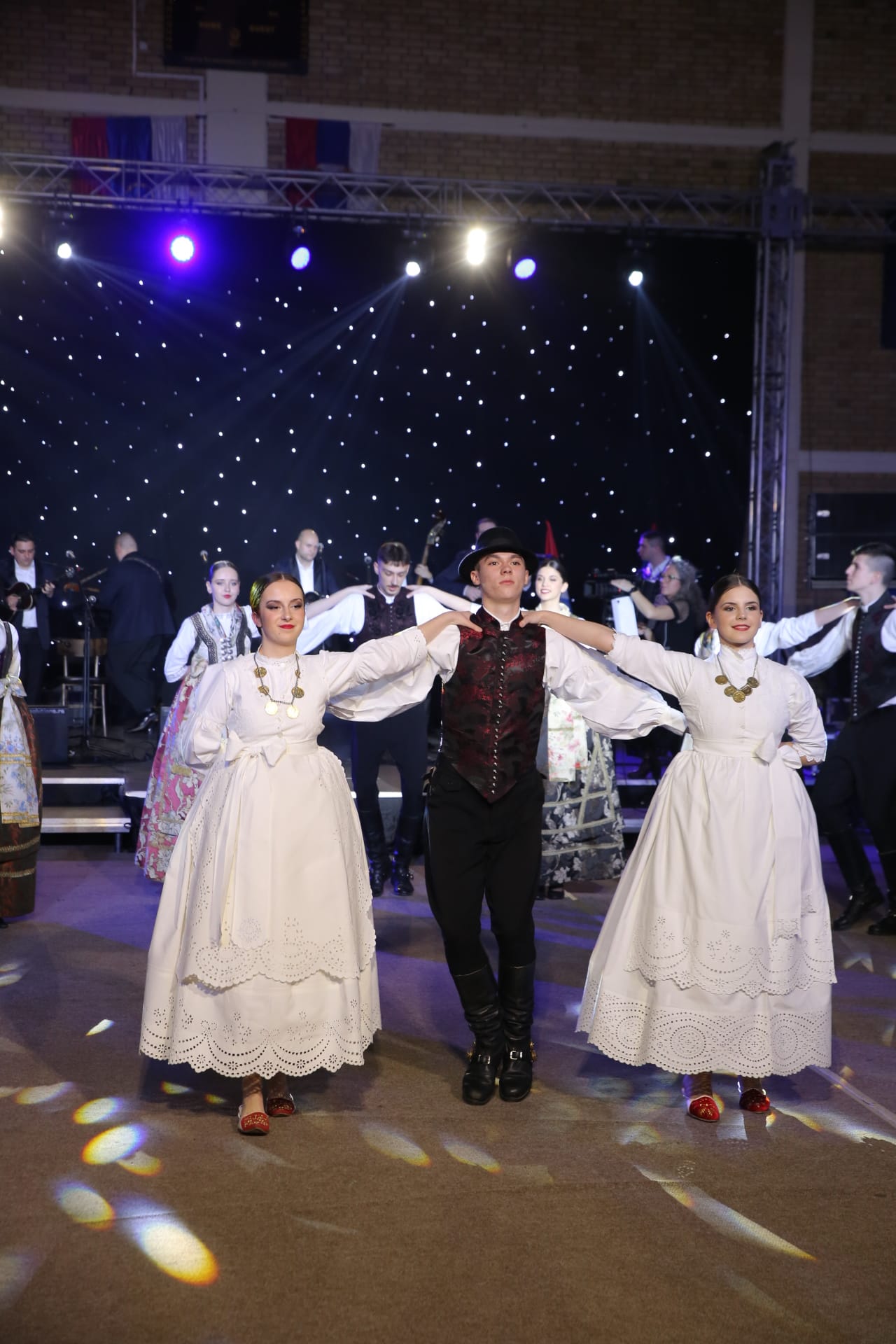
(Photo credit: NIU “Hrvatska riječ” Subotica)
Politics aside, Croatian Folklore Ensemble Bunjevačko Kolo then performed their namesake dance. To give a bit of context about Bunjevačko Kolo, or the Bunjevac Folklore Dance, every Croatian folklore group around the world aspires to dance Bunjevačko Kolo because of the beautiful display of Croatian Nošnje (national costumes) and the skill that is required of the dancers and tambura musicians.
Before The Najbolji Hrvatski Tamburaši played Croatian classics, an event known as “Najljepša Prelja,” or the most beautiful girl at the Veliko Prelo took place. Contestants were judged based on their nošnje, all very different but equally beautiful designs. Ana Horvacki from Subotica was named the most beautiful girl at the Veliko Prelo.
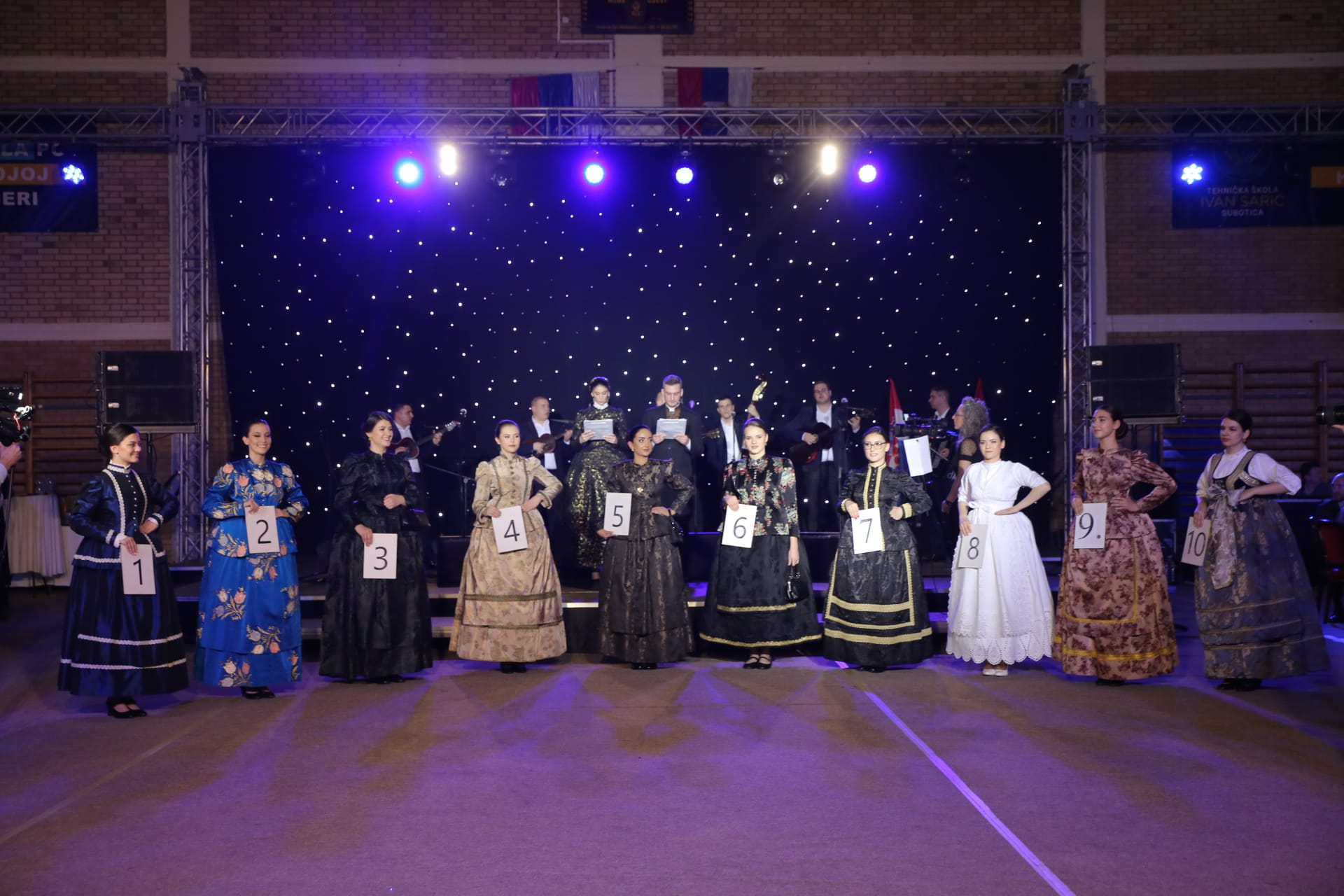
(Photo credit: NIU “Hrvatska riječ” Subotica)
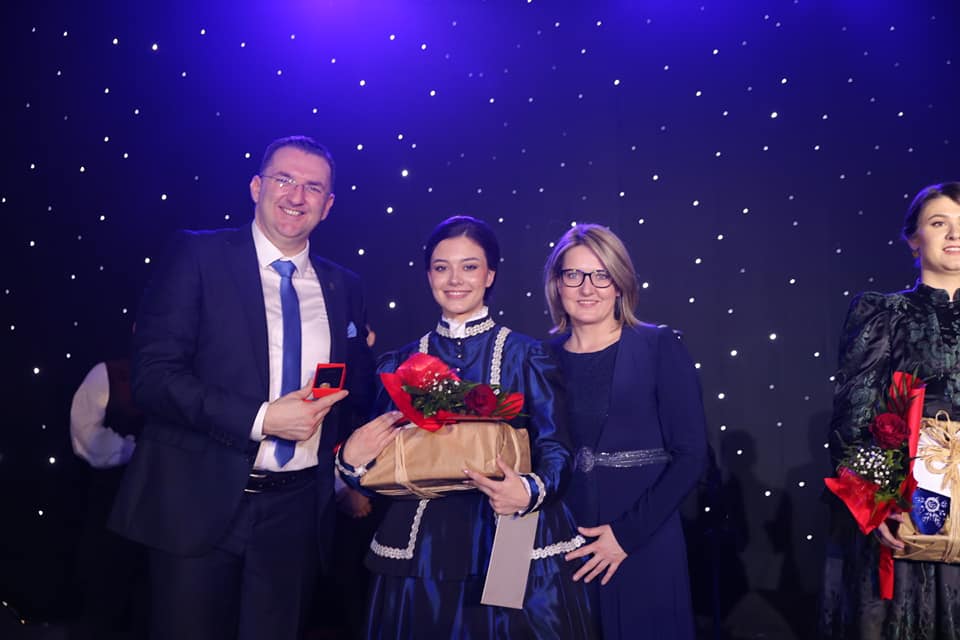
(Photo credit: NIU “Hrvatska riječ” Subotica)
The night was full of tradition, exemplary preservation of Croatian culture, as well as hope for the continual preservation of Bunjevac traditions and culture in the future. With passionate Croats such as the Lipozenčićs, the Croatian cultural festival of Veliko Prelo will live on for many years to come.
“Veseli se, svako mu se divi, Nek’ se znade da bunjevac živi”
Hungarian and Croatian Foreign Policy
Hungarian and Croatian foreign policy continues to strengthen their ties with Subotica today. For example, Hungarian foreign policy successfully promoted the regentrification of the Synagogue in Subotica, the second biggest synagogue in Europe. There are also plans for the Hungarian Government to fund the renovation of the St. Theresa Avila Cathedral, of which many parishioners are Croatian.
Likewise, the Croatian government is also cultivating a future in these lands by funding the local Croatian newspaper “Hrvatska Riječ.” The government has recently announced that it will be assisting in the construction of a Croatian Center which, will be used by Croatian in Subotica.
Many Croatians in Subotica have dual or even triple citizenship status. Croatians can obtain citizenship based on ethnicity. To obtain Hungarian citizenship, the state allows those with familial ties on the former Hungarian Empire territory, or those who can speak fluent Hungarian. These citizenships are beneficial for many of Subotica’s residents who work abroad, namely in Hungary, Germany, and Austria.

